Chile Mountains 6 Scenic Spots You Won’t Want to Miss
Last updated on May 25th, 2025 at 08:56 pm
So there I was, crying into my instant noodles at 3,500 meters altitude in the middle of nowhere Chile. Not my finest moment, I’ll admit. My hiking boots were soaked through, I’d already gotten lost twice that day, and my phone was deader than disco. But you know what made me stop feeling sorry for myself? Looking up from my sad dinner and seeing Cerro Torre glowing pink in the sunset like some kind of mountain deity showing off.
That moment – soggy boots and all – is when I fell hard for Chilean mountains. Not the Instagram version where everything looks perfect and your hair somehow stays good in 80mph winds. The real deal. The kind that leaves you exhausted, exhilarated, and planning your next trip before you’ve even made it home.
Chile’s basically like someone took all the world’s coolest mountain scenery and squished it into one impossibly long country. Desert peaks that look like alien planets? Check. Glacial spires that’ll make you question physics? Double check. Active volcanoes you can actually climb? Triple check, with a side of “are you sure this is safe?”
I’ve spent the last eight years bouncing around these mountains like a ping-pong ball, making every mistake in the book so you don’t have to. Today I’m spilling everything – the spectacular stuff, the “why didn’t anyone warn me about this” stuff, and the places that’ll ruin you for ordinary travel forever.
Why Chilean Mountains Hit Different
Forget what you think you know about mountain travel. Chile doesn’t play by normal rules. Where else can you wake up in a desert where it hasn’t rained in decades, then watch snow falling on volcanos the same afternoon?
I’ve dragged myself up mountains on five continents, but Chile keeps surprising me. Take last year – I thought I was all experienced and worldly, right? Then I hiked the Dientes de Navarino trek and spent three days in weather so wild I started talking to my hiking poles. (They’re excellent listeners, by the way.)
The thing is, Chilean mountains aren’t just pretty backdrops. They’re characters with serious personalities. Some days they’re friendly and welcoming. Other days they’ll try to humble you with weather that changes faster than a toddler’s mood. But man, when they’re good to you – when that perfect light hits those jagged peaks – it’s like the universe is showing off just for you.
Here’s what blew my mind: Chile has more than 3,000 peaks over 6,000 meters. That’s not tourism board fluff – that’s three thousand opportunities to feel tiny and amazed at the same time.
Getting Your Chile Mountains Game Plan Together
Alright, let’s talk reality for a hot minute. Chilean mountains will humble you if you show up unprepared. I learned this the expensive way when I had to buy emergency gear in Puerto Natales because I thought my regular rain jacket would handle Patagonian weather. Spoiler alert: it did not.
Timing is everything here:
The southern hemisphere thing messes with everyone’s head at first. Their summer is our winter, which means Christmas in Chile involves sunscreen and hiking boots, not snow angels.
- December through March: This is peak everything – peak weather, peak crowds, peak prices. But also peak “holy crap this view is insane” moments
- April-May and September-November: My sweet spot. Fewer people hogging the best photo spots, better deals on accommodation, and weather that’s usually decent
- June through August: Winter brings snow to the mountains and bigger swells to the coast. Great for skiing, terrible for most hiking
Here’s the deal with different regions:
Where You're GoingWhen to GoWhat You'll Deal WithHow Hard It IsTorres del PaineOctober-AprilWind that'll knock you sidewaysTough but doableAtacama Desert MountainsMarch-May, September-NovemberFreezing nights, blazing daysSurprisingly chillAndes Near SantiagoDecember-MarchPerfect days, cold nightsDepends what you pickIce FieldsNovember-MarchWeather rouletteExpert level only
Real talk planning tips:
- Torres del Paine camping spots disappear faster than free pizza at a college dorm. Book months ahead or you’ll be sleeping in Puerto Natales and driving two hours each way
- Pack like you’re going to three different planets on the same trip
- Your regular travel insurance probably won’t cover high-altitude stuff. Ask me how I know (hint: expensive lesson)
- Download offline maps because cell service is basically a myth in most mountain areas
The Six Spots That’ll Ruin All Other Mountains for You
Torres del Paine – The Rockstar Everyone Knows About
Let me tell you about my first morning in Torres del Paine. I set my alarm for 4:30 AM to hike to the base of the towers for sunrise. Seemed like a great idea until I was stumbling around in the dark, questioning my life choices and wondering why I couldn’t just be the kind of person who enjoys beaches.
Then the sun hit those towers.
I’m not even exaggerating – they turned into these massive golden needles stabbing the sky. The whole landscape looked like someone had set it on fire from the inside. I stood there with my mouth hanging open like some kind of mountain tourist cliché, but I didn’t care. Sometimes clichés exist because they’re absolutely true.
The W Trek here is famous for good reason. Five days of hiking through some of the most dramatic scenery on the planet. Fair warning though – the wind is legendary. Not “oh, it’s a bit breezy” wind. More like “hang onto your tent or it’ll end up in Argentina” wind. Day three nearly broke me when I was hiking into headwinds so strong I was basically walking in place.
What makes it special:
- Those towers at sunrise (obviously)
- Lakes that are colored like tropical drinks
- Wildlife that doesn’t seem to care you’re there – I watched a puma hunt literally 50 meters from the trail
- Hiking options from “pleasant day walk” to “test your will to live”
Truth bomb: This place gets around 250,000 visitors a year, so don’t expect wilderness solitude. But there’s a reason people keep coming. It’s spectacular in a way that makes you understand why early explorers thought they’d found the edge of the world.
If you’re camping, bring a tent that can handle serious abuse. Mine turned inside-out so many times I started calling it my reversible tent. Also, EcoCamp Patagonia is weird but worth it if you can swing the cost – those dome things stay warm when everything else is trying to freeze.
Atacama Desert Mountains – Where Mars Goes on Vacation
The Atacama messed with my head in the best way. This is landscape that looks like NASA designed it for a sci-fi movie. Red rocks, salt flats that stretch to the horizon, and these massive volcanoes just casually hanging out at altitudes that make you dizzy.
Ojos del Salado is the world’s highest volcano at 6,893 meters, but you don’t need to climb that beast to appreciate how surreal this place is. I spent a week here in 2021 and felt like I was touring alien planets every day.
Valle de la Luna at sunset is mandatory. The rocks turn every shade of red and orange you didn’t know existed. But the real magic happens after dark – the night sky here is so clear you can see the Milky Way with your naked eye. I’m not usually the type to get emotional about stars, but this place had me lying on my back in the desert for hours just staring up.
Can’t-miss experiences:
- El Tatio Geysers at sunrise (get there early when the steam is dramatic)
- Flamingo spotting at high-altitude salt lakes (yes, flamingos in the desert – Chile is weird)
- Stargazing tours (seriously, book one)
- Just driving around gawking at the landscape
Reality check: The altitude here is no joke. I felt like garbage the first two days around 4,000 meters. Your body needs time to adjust, so plan accordingly. Drink water like it’s your job, take it slow, and don’t be a hero if you start feeling really rough.
The silence in the Atacama is almost overwhelming. You can literally hear your heartbeat. It’s the kind of place that makes you understand why ancient peoples thought the mountains were sacred.
Central Andes – Santiago’s Amazing Backyard
This is Chile’s best-kept secret for mountain lovers who don’t want to plan expeditions to remote places. You can literally see these peaks from downtown Santiago, then be hiking among them within a couple hours.
I love this area because it’s accessible without being boring. Cerro El Plomo at 5,424 meters is a serious climb, but there are also gentle day hikes through river valleys where you can soak in hot springs afterward.
Cajón del Maipo became my weekend escape when I was living in Santiago. You drive an hour from the city and suddenly you’re in proper mountain country with rivers perfect for rafting and peaks that make the Rockies look tame.
Weekend warrior options:
- La Campana National Park (Darwin climbed here – you can too)
- Ski resorts like Valle Nevado in winter
- Hot springs at Termas Colina (perfect after hiking)
- River rafting that ranges from gentle to “hold on for your life”
The best part? You can do this stuff without guides, permits, or massive planning. Pack some snacks, fill your water bottle, and go explore.
Patagonian Ice Fields – Not for the Faint of Heart
Okay, real talk. The Patagonian Ice Fields are not messing around. This is serious, technical, dangerous terrain that requires proper mountaineering skills and experience. But if you’ve got what it takes, it’s the most pristine wilderness experience left on the planet.
The Southern Patagonian Ice Field is the third-largest ice mass outside Antarctica and Greenland. We’re talking about glaciers the size of small countries, peaks like Cerro Torre and Fitz Roy that challenge the world’s best climbers, and weather that can change from calm to life-threatening in minutes.
I only made it to the edges during a helicopter tour, but even that glimpse was enough to give me serious respect for this place. The scale is incomprehensible – glaciers flowing between peaks like frozen rivers, crevasses that disappear into blue-black nothing.
Important reality: This isn’t DIY territory unless you really know what you’re doing. You need experienced guides, specialized equipment, and serious preparation. People die here. But if extreme adventure is your thing and you have the skills, it’s the ultimate test.
Chilean Coastal Range – The Gentle Giant
After all that intensity, let’s talk about Chile’s mellower side. The Coastal Range runs along the Pacific and offers a completely different mountain experience – one that won’t try to kill you or test your limits.
These mountains have this Mediterranean vibe with cloud forests, ancient trees, and views that combine ocean and peaks in ways that shouldn’t work but totally do. I spent a long weekend here in 2022 and it was exactly the reset I needed after some gnarly Patagonian adventures.
What I loved:
- Hiking trails that welcome families and beginners
- Whale watching from mountain viewpoints (surreal combo)
- Coastal towns with incredible seafood
- Weather that’s actually predictable
It’s way more accessible than the other spots on this list, making it perfect if you’re traveling with people who prefer “challenging but not terrifying” adventures.
Volcano Circuit – Playing with Fire (Literally)
Chile sits on the Ring of Fire, which means volcanoes everywhere. Some are sleeping peacefully, others are actively trying to remake the landscape. Both types are incredible to visit.
Villarrica Volcano was probably the most intense experience of my mountain career. You actually climb to an active crater and look down at a lava lake. It’s simultaneously the coolest and most terrifying thing I’ve ever done. The guide kept joking about the volcano’s mood, but you could tell he was constantly assessing whether we needed to get out of there fast.
Osorno Volcano looks like what a kid would draw if you asked them to picture a perfect mountain – this flawless cone rising above pristine lakes. The climb is challenging but not technical, and the views from the summit are worth every step.
Volcano safety reality:
- Always check current activity levels before going
- Don’t cheap out on guides – this isn’t the place to wing it
- Bring proper gear including crampons for icy sections
- Have an exit strategy if conditions change
Standing on an active volcano watching lava bubble below ranks as one of the most intense experiences of my life. Also one that makes you really appreciate solid ground afterward.
The Stuff Nobody Tells You About Chile Mountains
After multiple trips and countless mistakes, here’s what I wish someone had told me:
The altitude thing is real: I’m in decent shape, but 4,000 meters kicked my butt the first time. Your body needs time to adjust. Arrive early, stay hydrated, and don’t push through serious symptoms.
Weather changes instantly: I’ve gone from sunbathing to hiding from hail in the span of twenty minutes. Pack like you’re going to experience every possible weather condition in the same day.
Wind in Patagonia is a character: It’s not just weather – it’s like hiking with an unpredictable companion who occasionally tries to knock you off cliffs. Respect it.
Distances are deceptive: Chile is long and narrow, so getting between mountain regions takes forever. Plan more travel time than you think you need.
Cell service is imaginary: Don’t count on being connected. Download offline maps, tell people your plans, and carry emergency communication if you’re going remote.
Making It Happen Without Going Broke
Chilean mountain adventures don’t have to break the bank, but they’re not exactly budget backpacking either. Here’s how the money breaks down:
Transportation: Flying into Santiago is usually cheapest, then domestic flights to regions. Book early for deals.
Where You Want to GoHow to Get ThereWhat It CostsTorres del PaineFly Santiago to Punta Arenas, bus to park$150-300 flights, $30 busAtacamaFly Santiago to Calama, join tour$100-200 flights, $50-200/day toursCentral AndesDrive or bus from Santiago$30-80/day car rental
Daily costs:
- Hostels and camping: $30-60/day
- Mid-range hotels: $80-150/day
- Luxury lodges: $300-800/day
Don’t forget permits, gear rental, and food. Mountain food is expensive everywhere, but especially in remote Chilean areas.
When Things Go Sideways
Let me be honest about the challenges because Instagram doesn’t show the full story.
Weather can be absolutely brutal. I’ve been in storms that came out of nowhere and turned easy hikes into survival situations. The wind in Torres del Paine once blew my tent stakes right out of the ground at 3 AM. Good times.
Some areas are seriously remote. If something goes wrong, help might be hours or days away. I always carry emergency communication and tell multiple people my exact plans.
The altitude can mess you up. I’ve seen experienced hikers turn green and wobbly at 4,500 meters. Know the symptoms of altitude sickness and don’t be too proud to descend if you’re feeling rough.
But here’s the thing – all these challenges are part of what makes Chilean mountains so incredible. You’re not just taking selfies at scenic viewpoints. You’re having real adventures in some of the wildest places left on Earth.
Your Chilean Mountain Adventure Starts Now
So what’s it gonna be? Are you ready to trade comfortable vacation routines for adventures that’ll stick with you forever?
If you’re new to serious mountain travel, start with the Central Andes or Coastal Range. Build your confidence and skills before tackling the big names. If you’re already comfortable with challenging terrain, Torres del Paine should be at the top of your list.
For the hardcore adventurers reading this – the ice fields and technical volcano climbs are calling your name.
Getting started:
- Pick your region based on your skill level and what kind of adventure appeals to you
- Book flights early for better deals
- Research permit requirements and accommodation options
- Start getting in shape now (Chilean mountains will test your fitness)
- Learn basic Spanish phrases (locals really appreciate the effort)
Chilean mountains changed how I think about travel and adventure. These aren’t just pretty places to visit – they’re landscapes that challenge you, inspire you, and sometimes humble you in ways that stick with you long after you’re home.
Whether you’re watching sunrise paint the Torres del Paine towers gold, staring into an active volcano crater, or camping under the impossible Atacama night sky – these experiences become part of who you are.
The planning takes effort. The challenges are real. The adventures are absolutely worth it.
Which Chilean mountain is calling your name? Have you been to any of these places, or are you planning your first trip? Drop a comment and let’s talk about making your mountain dreams happen!

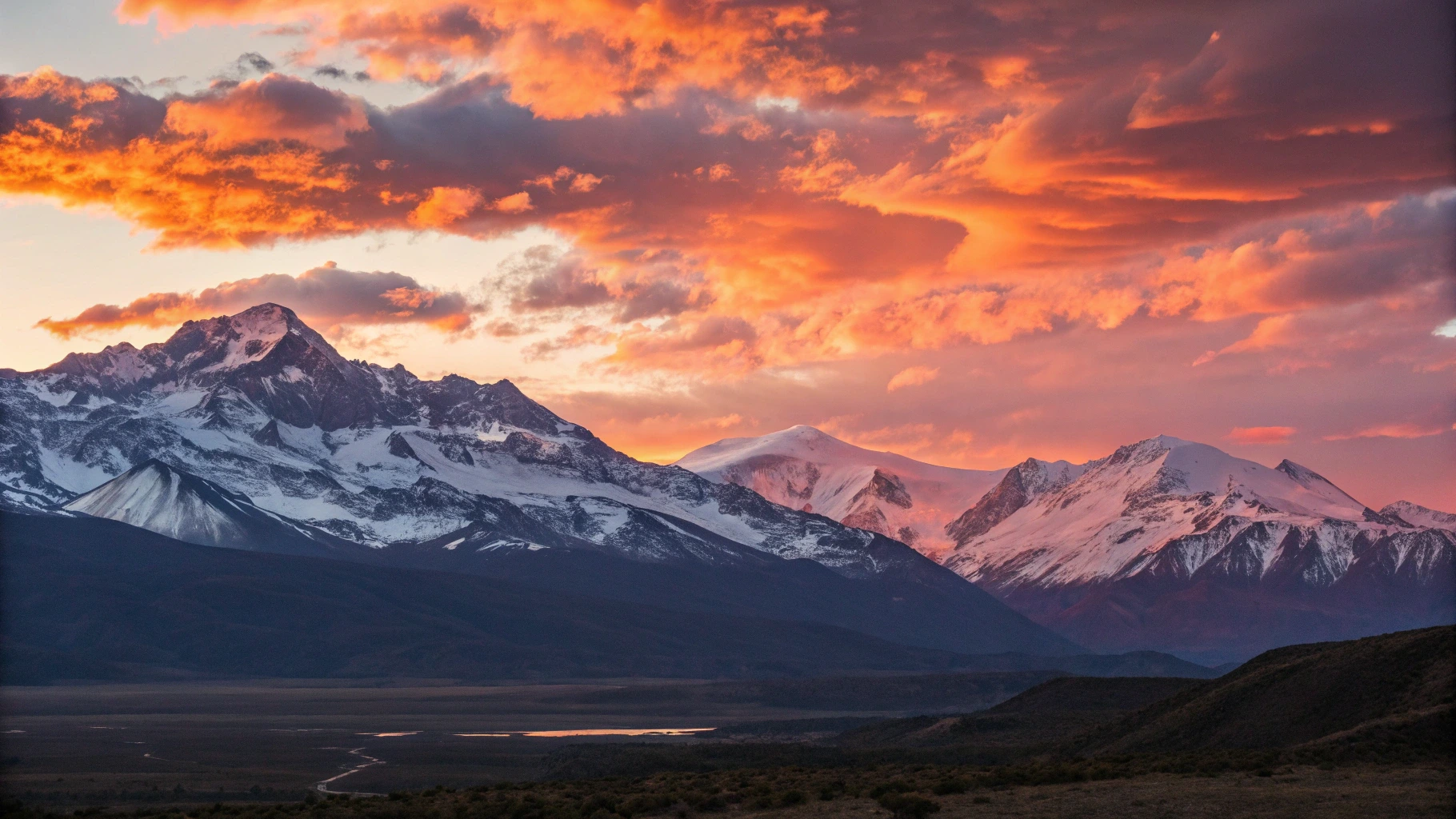
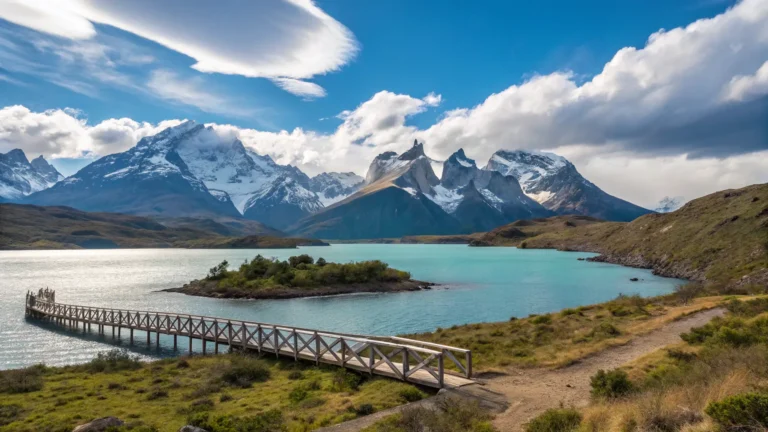
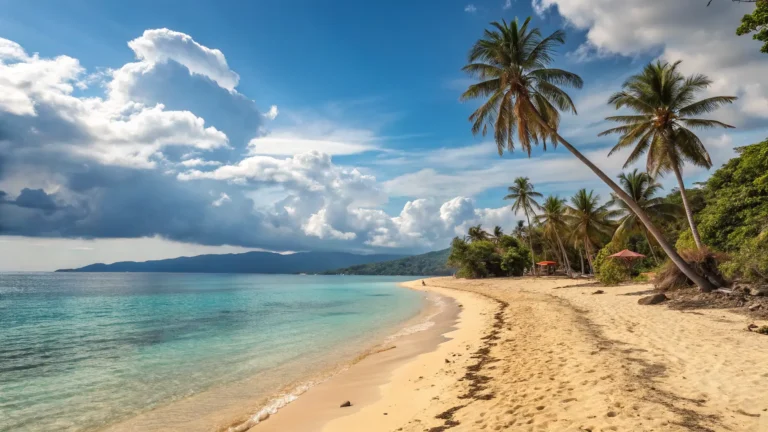
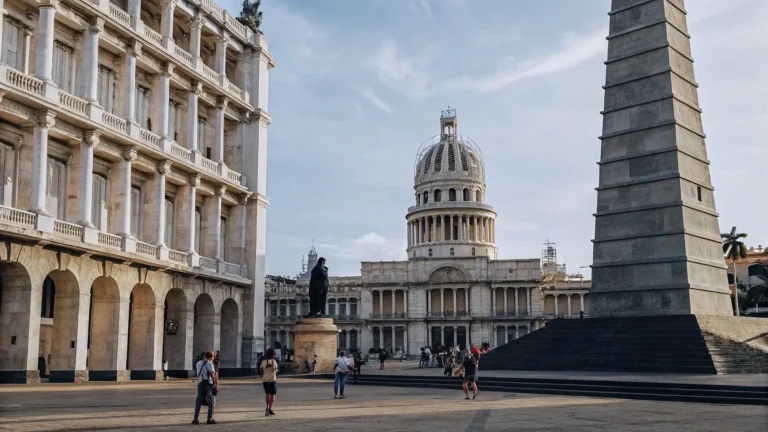
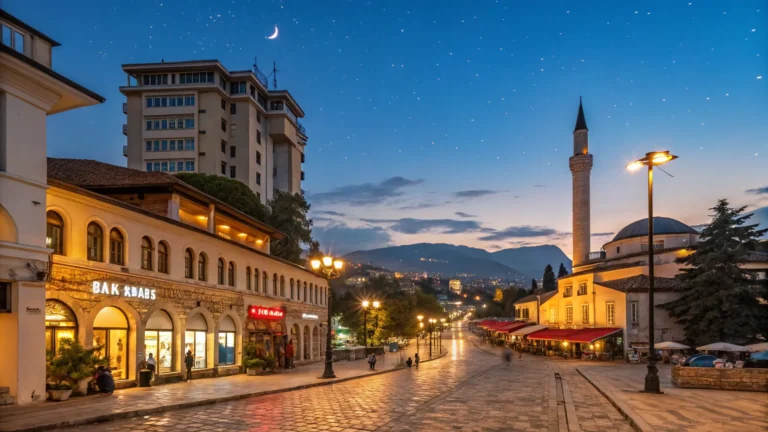
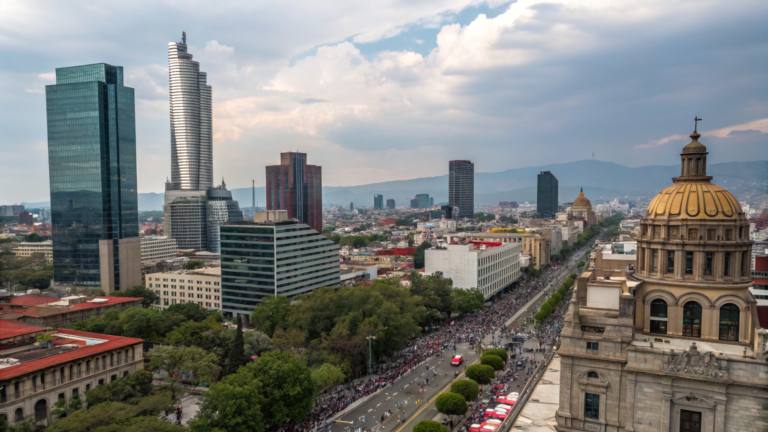
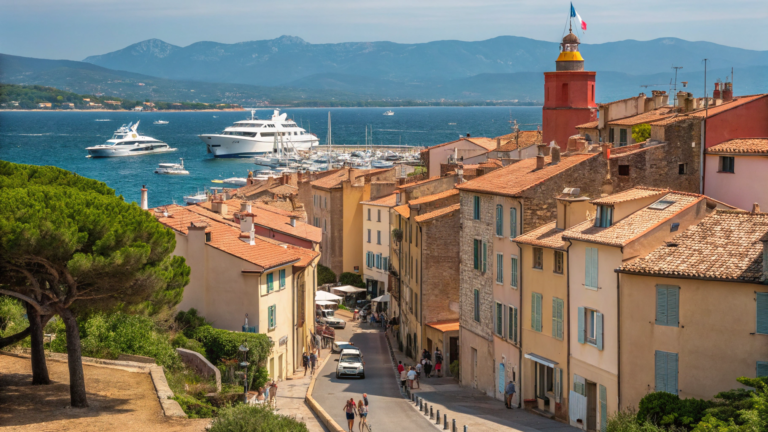
2 Comments